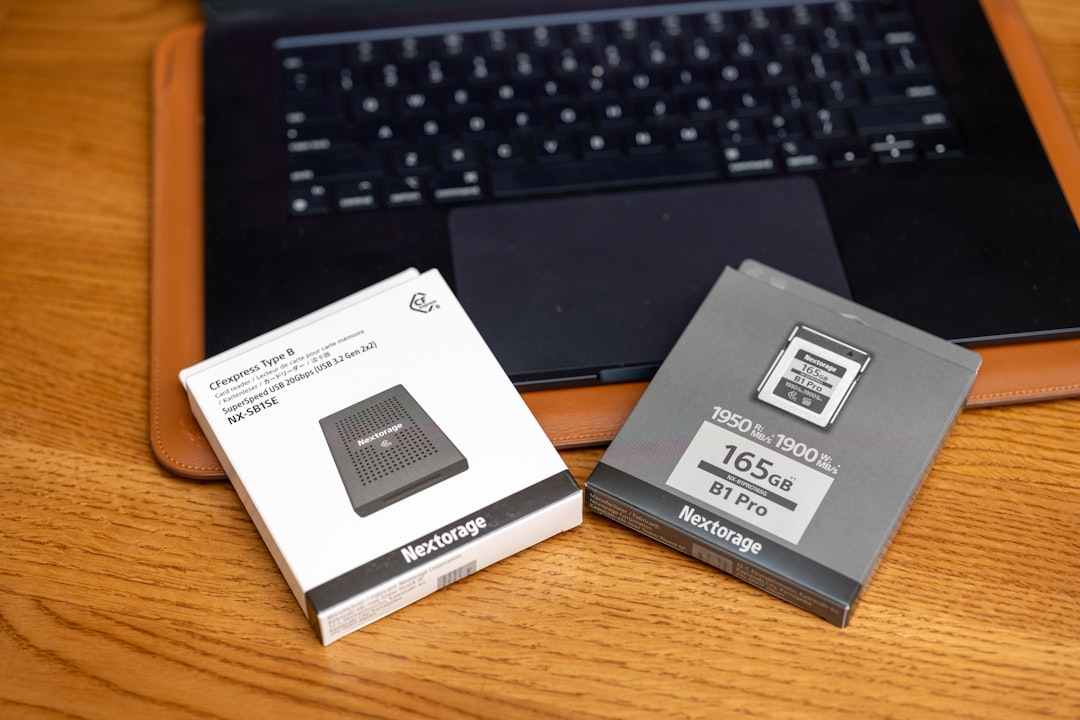As the GPU market continues to evolve rapidly, the arrival of the new generation of NVIDIA RTX 5080 graphics cards has sparked intense competition among manufacturers. Two major players in the market, PNY and ASUS, have each released their take on the highly anticipated 5080 model. Gamers, content creators, and enthusiasts alike are asking: which version offers the better blend of performance, cooling, and value in 2025?

In this article, we conduct a comprehensive comparison between the PNY and ASUS variants of the RTX 5080 to determine which one stands out as the superior choice in terms of real-world performance, thermal design, build quality, and pricing.
Performance and Benchmarks
When it comes to raw power, both GPUs are built on NVIDIA’s advanced Ada Lovelace 2.0 architecture, offering significant improvements in ray tracing, DLSS 4.0 support, and core count over the 40-series. However, there are subtle differences based on factory overclocking and board optimization.
- ASUS RTX 5080 ROG Strix: Equipped with a slightly higher boost clock (up to 2.9 GHz), ASUS has once again leaned into aggressive factory settings to push performance to the next level.
- PNY RTX 5080 XLR8: While offering competitive performance, PNY’s variant clocks in at a more conservative 2.8 GHz, focusing on stability and efficiency.
In standard benchmarks using 4K ultra settings, the ASUS RTX 5080 consistently yields 3–5% higher frame rates in AAA titles such as Cyberpunk 2077 and Hogwarts Legacy. That said, the PNY model still delivers more than 150 FPS in most modern games, offering exceptional performance for its price point.
Cooling and Thermal Performance
Thermal management is critical for the longevity and reliability of modern GPUs. The ASUS model impresses with its triple-fan Axial-tech design and added vapor chamber cooling. This translates to quieter operation even under full load.
- ASUS Thermal Performance: Max temperatures hover around 68°C during extended 4K gaming sessions.
- PNY Thermal Performance: Achieves around 72°C under similar conditions but does so with slightly noisier fans due to its dual-fan design.

For silent PC builds or overclocking enthusiasts, ASUS might be the better choice. However, users prioritizing compact designs may appreciate the slightly smaller footprint of the PNY variant.
Design and Build Quality
Visually and physically, the ASUS card has a premium design, featuring RGB lighting, reinforced metal framing, and a sleek matte finish. It targets gamers who value aesthetics alongside performance. The PNY card, on the other hand, has a more understated and utilitarian look, focusing on functionality over flair.
- ASUS: 3.5-slot heavy-duty build with customizable RGB lighting.
- PNY: 2.5-slot width with minimalistic LED accents.
While both cards are robust, ASUS has a slight edge in mechanical build quality, making it better suited for frequent hardware upgrades or transport.
Pricing and Value
Price is always a major factor in the decision-making process. As of Q2 2025, the ASUS ROG Strix RTX 5080 retails for approximately $1,199, reflecting its feature-rich offering. In contrast, the PNY XLR8 model is priced around $1,049.
While ASUS delivers slightly better performance and features, PNY counters with strong value for those who want near-flagship capabilities without the premium price tag. Both models come with 3-year warranties and access to NVIDIA’s full software suite.
Final Verdict: Which 5080 is Right for You?
The answer depends heavily on your priorities:
- If you want the best cooling, highest clock speeds, and premium aesthetics, ASUS RTX 5080 is the superior choice.
- If you’re budget-conscious and willing to forgo a few luxury features for excellent performance, PNY RTX 5080 offers incredible value.
Ultimately, both models represent the cutting edge of GPU technology in 2025. Whether you’re building a high-end workstation or a competitive gaming rig, you’re unlikely to be disappointed by either option.

As more benchmarks and reviews continue to emerge, the gap may narrow or widen. For now, buyers should choose based on their own system needs, budget, and performance aspirations.
